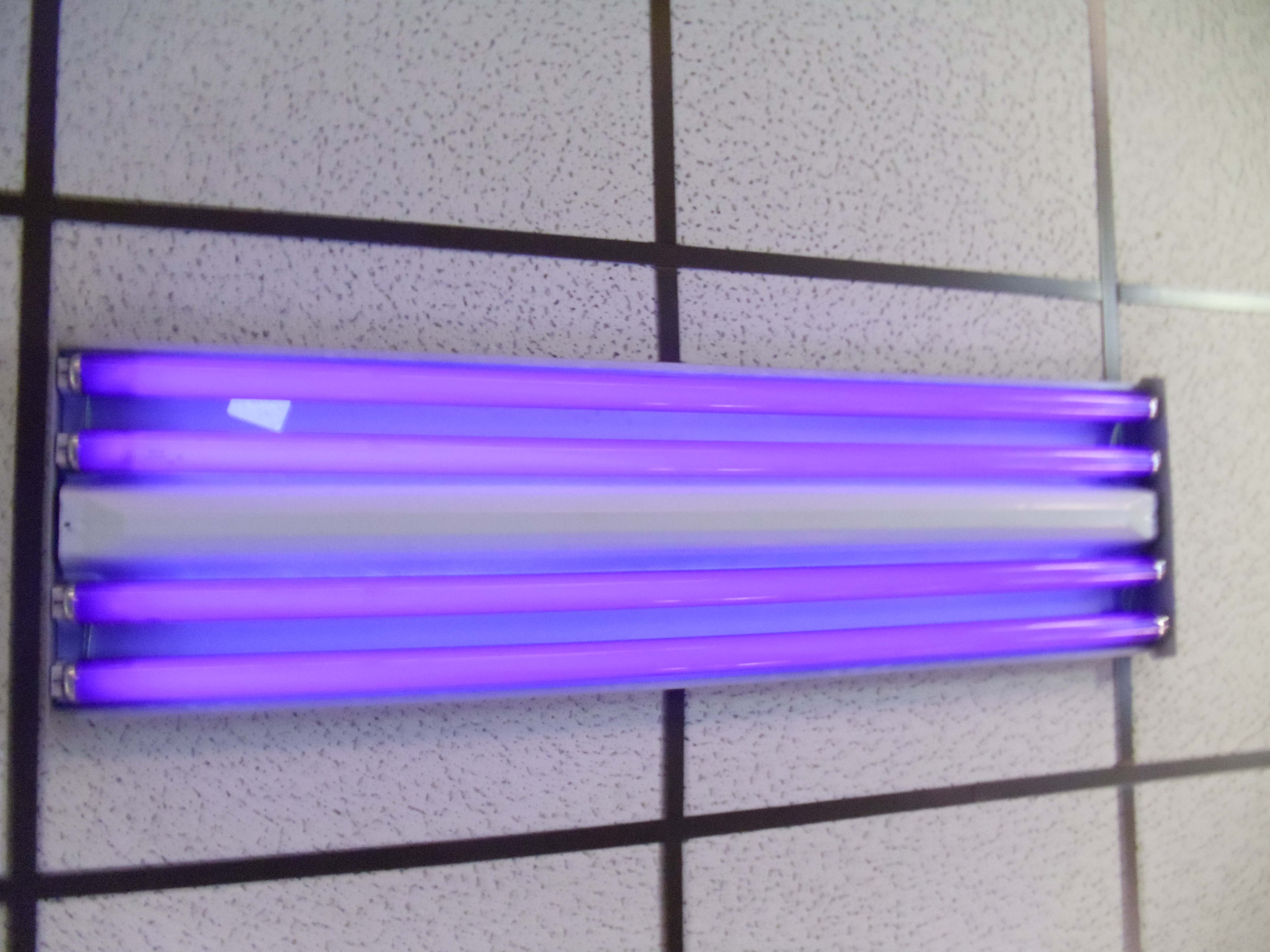|
Progressive Macular Hypomelanosis
Progressive macular hypomelanosis is a common skin condition, a disorder, observed more frequently in young women with darkly pigmented skin who originate from or reside in tropical climates. An interesting property of the skin condition is that it can be easily identified using a Wood's lamp. The lack of pigment results and a clear observation of homogeneous white areas, while the involvement of ''Cutibacterium acnes'' will show an orange fluorescence due to its coproporphyrin III. That way it can be differentiated from other hypopigmentary disorders such as vitiligo."Westerhof W, Relyveld GN, Kingswijk MM, de Man P, Menke HE, Propionibacterium acnes and the pathogenesis of progressive macular hypomelanosis, ''Arch Dermatol.'' 2004 Feb;140(2):210-4. See also * Riehl melanosis Riehl melanosis is a form of contact dermatitis, beginning with pruritus, erythema, and pigmentation that gradually spreads which, after reaching a certain extent, becomes stationary. The pathogenesis of ... [...More Info...] [...Related Items...] OR: [Wikipedia] [Google] [Baidu] |
Wood's Lamp
A blacklight, also called a UV-A light, Wood's lamp, or ultraviolet light, is a lamp that emits long-wave (UV-A) ultraviolet light and very little visible light. One type of lamp has a violet filter material, either on the bulb or in a separate glass filter in the lamp housing, which blocks most visible light and allows through UV, so the lamp has a dim violet glow when operating. Blacklight lamps which have this filter have a lighting industry designation that includes the letters "BLB". This stands for "blacklight blue". A second type of lamp produces ultraviolet but does not have the filter material, so it produces more visible light and has a blue color when operating. These tubes are made for use in "bug zapper" insect traps, and are identified by the industry designation "BL". This stands for "blacklight". Blacklight sources may be specially designed fluorescent lamps, mercury-vapor lamps, light-emitting diodes (LEDs), lasers, or incandescent lamps. In medicine, f ... [...More Info...] [...Related Items...] OR: [Wikipedia] [Google] [Baidu] |
Cutibacterium Acnes
''Cutibacterium acnes'' (formerly ''Propionibacterium acnes'') is the relatively slow-growing, typically aerotolerant Anaerobic organism, anaerobic, gram-positive bacterium (rod) linked to the skin condition of acne vulgaris, acne; it can also cause chronic blepharitis and endophthalmitis, the latter particularly following intraocular surgery. Its genome has been sequenced and a study has shown several genes can generate enzymes for degrading skin and proteins that may be immunogenic (activating the immune system). The species is largely commensalism, commensal and part of the skin flora present on most healthy adult humans' skin. It is usually just barely detectable on the skin of healthy preadolescents. It lives, among other things, primarily on fatty acids in sebum secreted by sebaceous glands in the Hair follicle, follicles. It may also be found throughout the gastrointestinal tract. Originally identified as ''Bacillus acnes'', it was later named ''Propionibacterium acnes'' ... [...More Info...] [...Related Items...] OR: [Wikipedia] [Google] [Baidu] |
Coproporphyrin III
Porphyrins ( ) are a group of heterocyclic macrocycle organic compounds, composed of four modified pyrrole subunits interconnected at their α carbon atoms via methine bridges (=CH−). The parent of porphyrin is porphine, a rare chemical compound of exclusively theoretical interest. Substituted porphines are called porphyrins. With a total of 26 π-electrons, of which 18 π-electrons form a planar, continuous cycle, the porphyrin ring structure is often described as aromatic. One result of the large conjugated system is that porphyrins typically absorb strongly in the visible region of the electromagnetic spectrum, i.e. they are deeply colored. The name "porphyrin" derives from the Greek word πορφύρα (''porphyra''), meaning ''purple''. Complexes of porphyrins Concomitant with the displacement of two N-''H'' protons, porphyrins bind metal ions in the N4 "pocket". The metal ion usually has a charge of 2+ or 3+. A schematic equation for these syntheses is shown: :H2por ... [...More Info...] [...Related Items...] OR: [Wikipedia] [Google] [Baidu] |
Riehl Melanosis
Riehl melanosis is a form of contact dermatitis, beginning with pruritus, erythema, and pigmentation that gradually spreads which, after reaching a certain extent, becomes stationary. The pathogenesis of Riehl melanosis is believed to be sun exposure following the use of some perfumes or creams (a photocontact dermatitis). Riehl melanosis is named after the dermatologist Gustav Riehl, who first described the condition in 1917. See also *Skin lesion A skin condition, also known as cutaneous condition, is any medical condition that affects the integumentary system—the organ system that encloses the body and includes skin, nails, and related muscle and glands. The major function of this s ... References Disturbances of human pigmentation Contact dermatitis {{Cutaneous-condition-stub ... [...More Info...] [...Related Items...] OR: [Wikipedia] [Google] [Baidu] |
List Of Cutaneous Conditions
Many skin conditions affect the human integumentary system—the organ system covering the entire surface of the body and composed of skin, hair, nails, and related muscle and glands. The major function of this system is as a barrier against the external environment. The skin weighs an average of four kilograms, covers an area of two square metres, and is made of three distinct layers: the epidermis, dermis, and subcutaneous tissue. The two main types of human skin are: glabrous skin, the hairless skin on the palms and soles (also referred to as the "palmoplantar" surfaces), and hair-bearing skin.Burns, Tony; ''et al''. (2006) ''Rook's Textbook of Dermatology CD-ROM''. Wiley-Blackwell. . Within the latter type, the hairs occur in structures called pilosebaceous units, each with hair follicle, sebaceous gland, and associated arrector pili muscle. In the embryo, the epidermis, hair, and glands form from the ectoderm, which is chemically influenced by the underlying mesoderm th ... [...More Info...] [...Related Items...] OR: [Wikipedia] [Google] [Baidu] |

